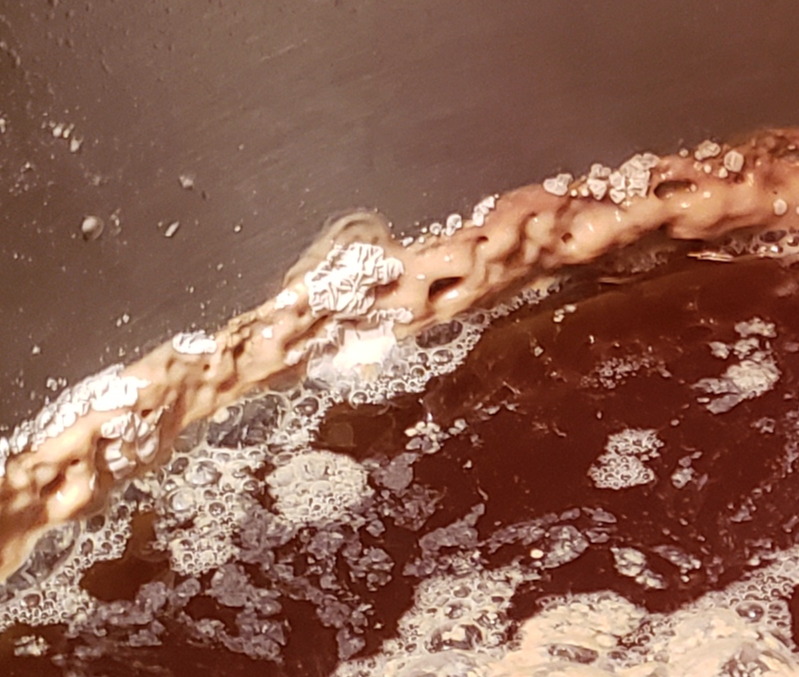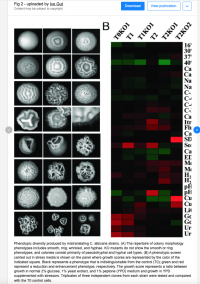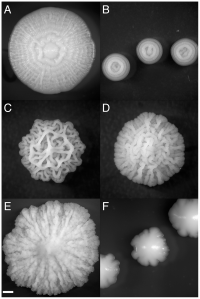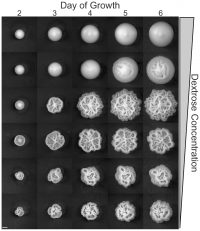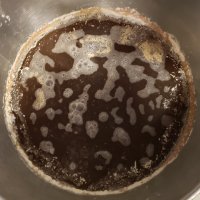WhistlerBrew
Member
Hey all!
Despite cleaning it thoroughly, I've now had two brews with my Anvil fermenter that have had this growth in the attached picture around the top. I haven't been able to find any pictures that look like mine, so I'm wondering if anyone else has seen this before.
Whatever it is doesn't seem to be floating on top of the beer, just on the sides of the fermenter above the beer and on the lid. They look almost like clumps of wheat flour.
The beer smells totally fine, and the last batch that looked like this had no off flavours. Any wisdom from anyone? Any thoughts on where this stuff might be hiding out in between brews? I've never had this issue in either my Fermonsters or glass carboy.

Despite cleaning it thoroughly, I've now had two brews with my Anvil fermenter that have had this growth in the attached picture around the top. I haven't been able to find any pictures that look like mine, so I'm wondering if anyone else has seen this before.
Whatever it is doesn't seem to be floating on top of the beer, just on the sides of the fermenter above the beer and on the lid. They look almost like clumps of wheat flour.
The beer smells totally fine, and the last batch that looked like this had no off flavours. Any wisdom from anyone? Any thoughts on where this stuff might be hiding out in between brews? I've never had this issue in either my Fermonsters or glass carboy.



















































![Craft A Brew - Safale BE-256 Yeast - Fermentis - Belgian Ale Dry Yeast - For Belgian & Strong Ales - Ingredients for Home Brewing - Beer Making Supplies - [3 Pack]](https://m.media-amazon.com/images/I/51bcKEwQmWL._SL500_.jpg)







